‘There will be a shake up’: F1’s new ‘electrification’ sees EV movement infiltrate sport
Formula One has announced its new rule changes for 2026, and one thing is clear — electric cars are infiltrating the top of world sport.
Look out Formula One fans, “electrification” is coming for the fastest motorsport category on earth.
Last week F1 announced the new regulations that will take effect from the 2026 season, and there were some major changes. They include:
— The current 1.6-litre V6 turbocharged international combustion engine will include a far more powerful electrical component. The engine will be powered by a 50-50 split between internal combustion and electric power. That will be almost triple the amount of electrical power produced by the current hybrid components.
— Fuel will be fully sustainable, meaning no new fossil carbon will be burned.
— Cars will 30kg lighter, 10cm narrower and 20cm shorter as part of a plan to be more ‘nimble’.
— Removal of the Drag Reduction System (DRS) in place of new active aerodynamics with front and rear wings that can open. A push-to-pass power boost will replace DRS.
Every qualifying session and race from the 2024 FIA Formula One World Championship™ LIVE in 4K. New to Kayo? Start Your Free Trial Today >
The overarching philosophy is about making the cars more environmentally efficient as part of F1’s wider focus of becoming a more eco-conscious sport.
Making it easier to overtake on different parts of the track is also a focus.
Drivers and teams have long called for arranging the 24-race calendar to be ordered in some sort of geographical flow to prevent teams zigzagging from one side of the world to the other.
The 2025 season will begin at the Australian Grand Prix in Melbourne, followed by two races in Asia.
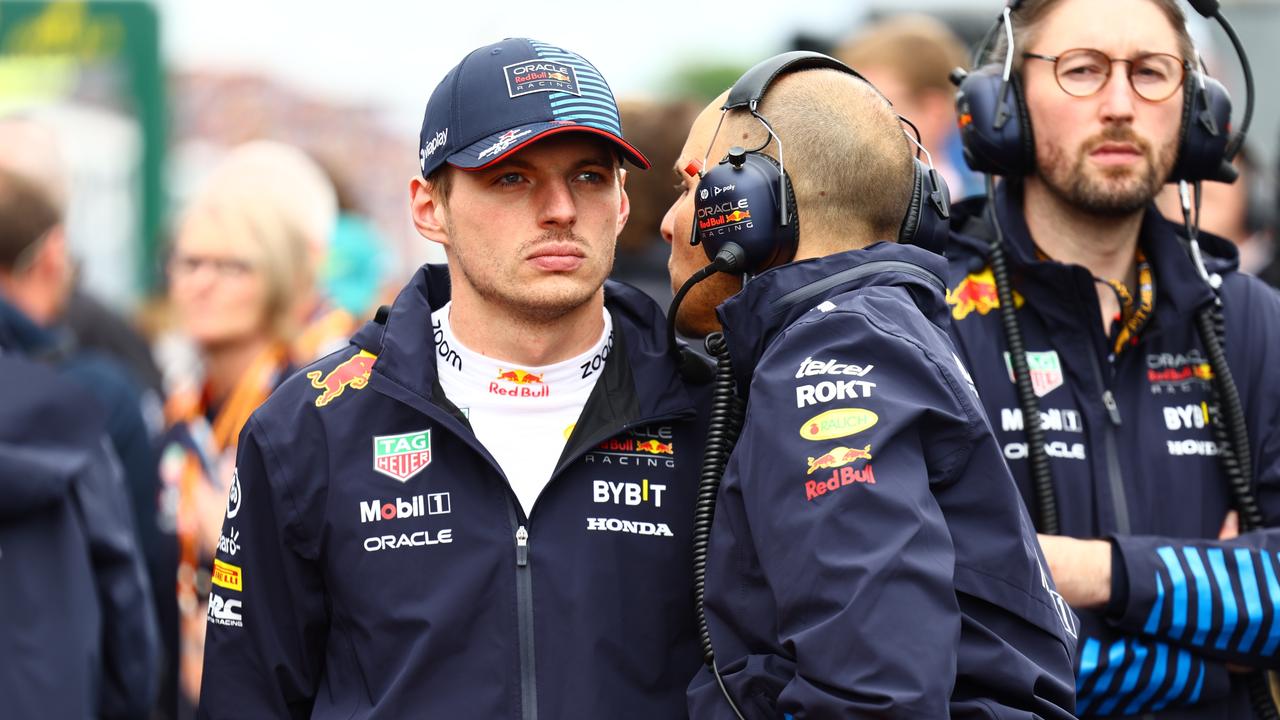
Australian motorsport engineer Mark Preston, who worked with Arrows and McLaren’s F1 teams, believes F1’s new regulations are part of the increasing “electrification” of motorsport categories around the world.
“Change is inevitable, as they always say,” Preston told news.com.au, per OLBG.
“When I grew up in Australia, I started in V8 supercars, I worked for HSV. So I didn’t ever think about anything, but just V8s, more power, more revs, you know, for many years in my career.
“I think it really began for me in 2007, when F1 started to look at KERS (Kinetic Energy Recovery system).”
Preston, who worked alongside Adrian Newey at McLaren, is now part of a team bringing Lola Cars back to motorsport as Formula E — the 10-year-old open-wheel single-seater motorsport championship series for electric cars.
“I‘ve been involved in Formula E since the beginning,” Preston said.
“I joined Lola a year and a half ago. The owner of Lola was interested in the future of motorsport, which has made it quite fun actually.
”We’re working on three pillars — electrification, hydrogen, and sustainable materials and fuels. So that’s going to define our future plans.
“The first project is in Formula E — the pinnacle, only real electric racing at world championship level. So it’s the obvious place for Lola to go in the first instance.
“We believe that electrification is just one pillar. As we go along, sustainable fuel and electrification within F1, WEC (World Endurance Championship) etc, everyone’s going the same direction. So quite exciting that we’re joining Formula E.”

Preston believes elite motorsport categories will continue to prioritise electrification and renewable sources, and F1 is taking a leaf out of Formula E’s book.
So while we won’t see Max Verstappen winning a world championship in a Prius, his F1 car should still be able to reach 350 km/h.
“I think what we’re seeing in F1, is that some of that knowledge is now going to go back to F1 engines, because obviously 2026 is going to be 350 kilowatt powertrain, different requirements than Formula E so it won’t be exactly the same,” Preston said.
“The learnings can cross over. Whether it’s from manufacturers or supply chain, that’s around Formula E and F1 I think things will transfer and that’s kind of inevitable.
“I think the same is true of WEC (World Endurance Championship) and LMH (Le Mans Hybrid) and LMDH (Le Mans Daytona Hybrid).
“I see that happening across all motorsports. WRC (World Rally Championship) obviously got to hybridisation, NASCAR is talking about it and IndyCar and everyone talking about the future.
“Lola’s strategy — electrification is going to be part of everything. So Formula E fits well at the top of that. Software is really, really key to that. Very, very key in automotives. So I think that will cross over as well across many areas.
“The sustainability side of things, fuels etc, coming into every motorsport, so I think they’re the pillars and then the final pillar is what does the fuel of the future become?
“We’re looking at hydrogen, when you want bigger range, more energy storage. Sustainable fuels is obviously already here. We’ll see what happens in the future.”
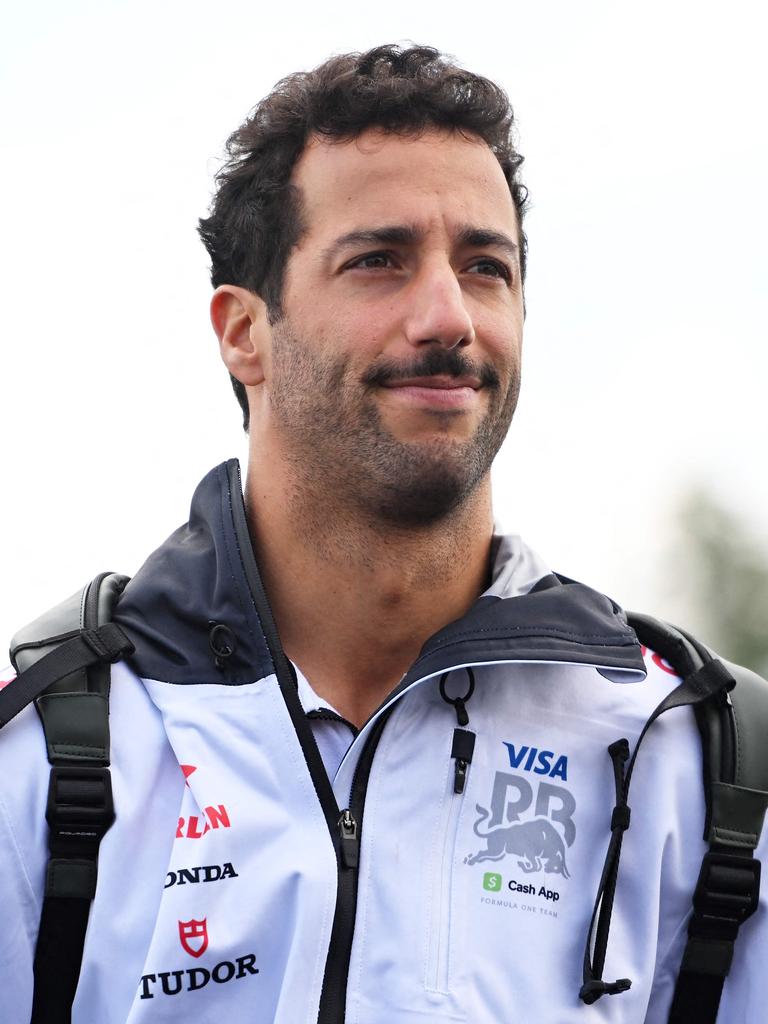
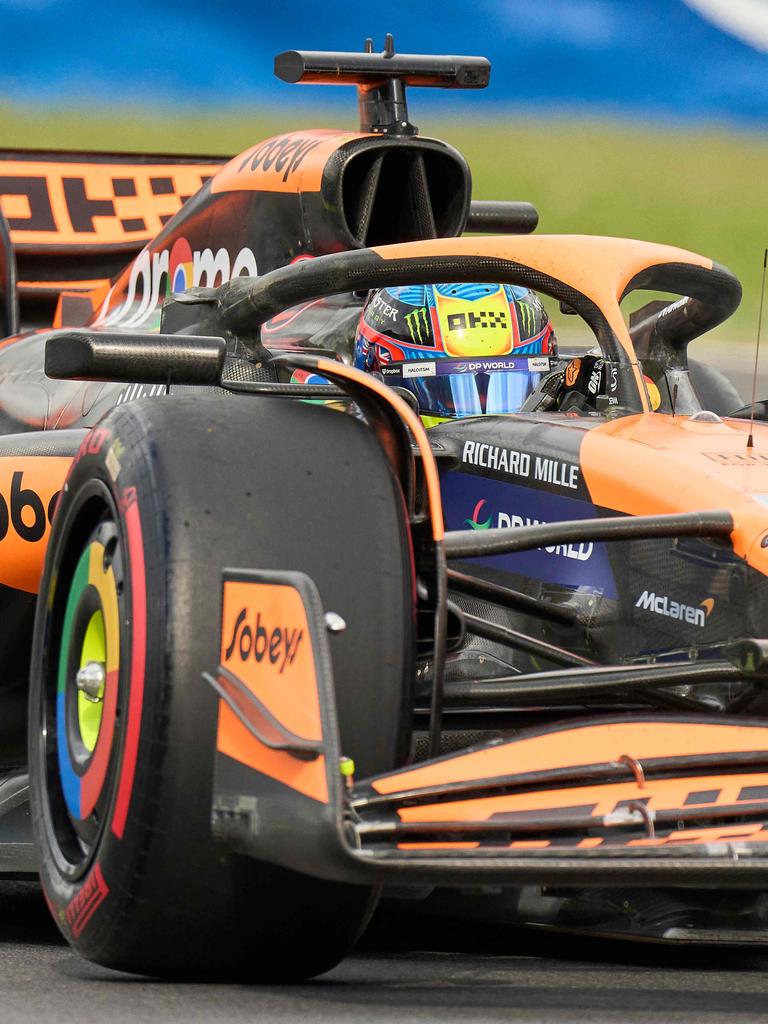
So who will benefit from F1’s rule changes?
As often happens towards the end of F1 regulation eras, teams turn their focus to the next iteration of regulations and racing tends to be more competitive on track.
Verstappen and Lewis Hamilton’s epic championship battle in 2021 came the year before a regulation change, and while Verstappen should win his fourth world title this year, he is having to fight harder for wins as teams like McLaren and Ferrari catch up.
Newey, the genius car designer responsible for 12 constructors’ championships with three different teams, is leaving Red Bull and his landing spot will prove crucial.
“There’s definitely going to be a shake up,” Preston said.
“Whenever there’s a rule change, it’s how does every person or every team react to that rule change, and do they get it right or wrong?
“Wherever Adrian ends up might deal well with regulation change, depending on his contractual requirements. Someone like him, I think will do a good job.
“It’s always hard because someone can get it right, and someone can get it wrong and that’s definitely still possible. Mercedes is awesome at powertrains so I can imagine they’ve already been doing a lot of work on this and have their ideas for 2026.
“But the exact way it plays out will be curious, because at the beginning of the hybrid era, they (Mercedes) got it right, and others didn’t quite get it so right. It’s a hard question. It will be interesting to watch.”
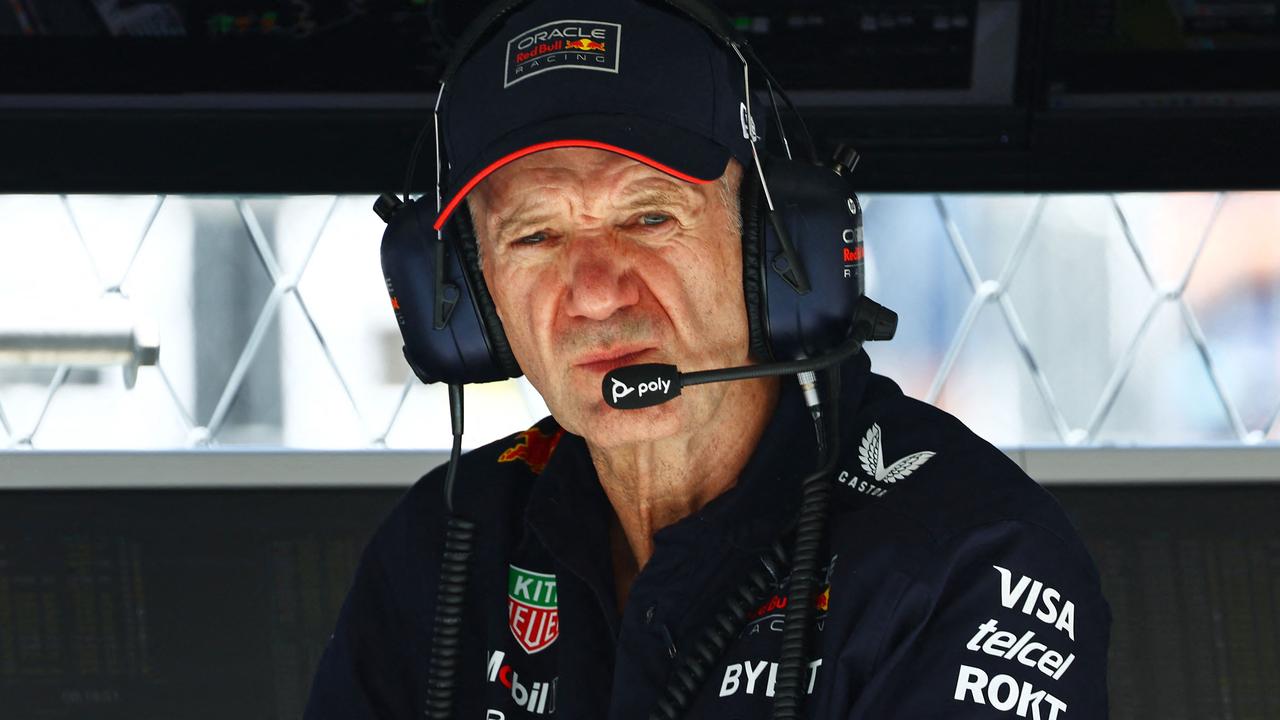
Preston believes Newey flourishes when working in the “unknown” and whether the 65-year-old joins Ferrari, Aston Martin or another team, they are sure to get a headstart in 2026.
“Wherever he ends up, it will have an impact, because there will be people that want to go and work with Adrian,” Preston said.
“What happens is, and you can see it all the time when you have a big rule change — your models stop working.
“Then when you step out of the known into the unknown, it’s that point that with someone like Adrian becomes key, in my opinion.
“In that realm, that’s where the creativity is. Outside the one sigma or two sigma of the bell curve. That’s where someone like Adrian in the creativity area, where it’s unknown, is important.
“That’s something I like as well and a lot of people love being in the area where the answer is not known. It was one of the reasons I joined FE, the beginning was nobody knew the answers. It was new and everyone thought it wouldn’t work.
“It’s probably true of Adrian. He’s always driven to find the next new thing and he looks at every idea that’s put on the table. He’s hungry, looking for new ideas and interested in every element.”
So which team will Newey join? The smart money is on Ferrari, but it’s still unclear.
“He’s probably doing the same discussion as everybody, how do you get the total package together? It’s got to be engine, aero, tyres, drivers, resources,” said Preston.
“If you’re going to come back into Formula One in a different team, you’ve got to get all of those five things together as a package.”
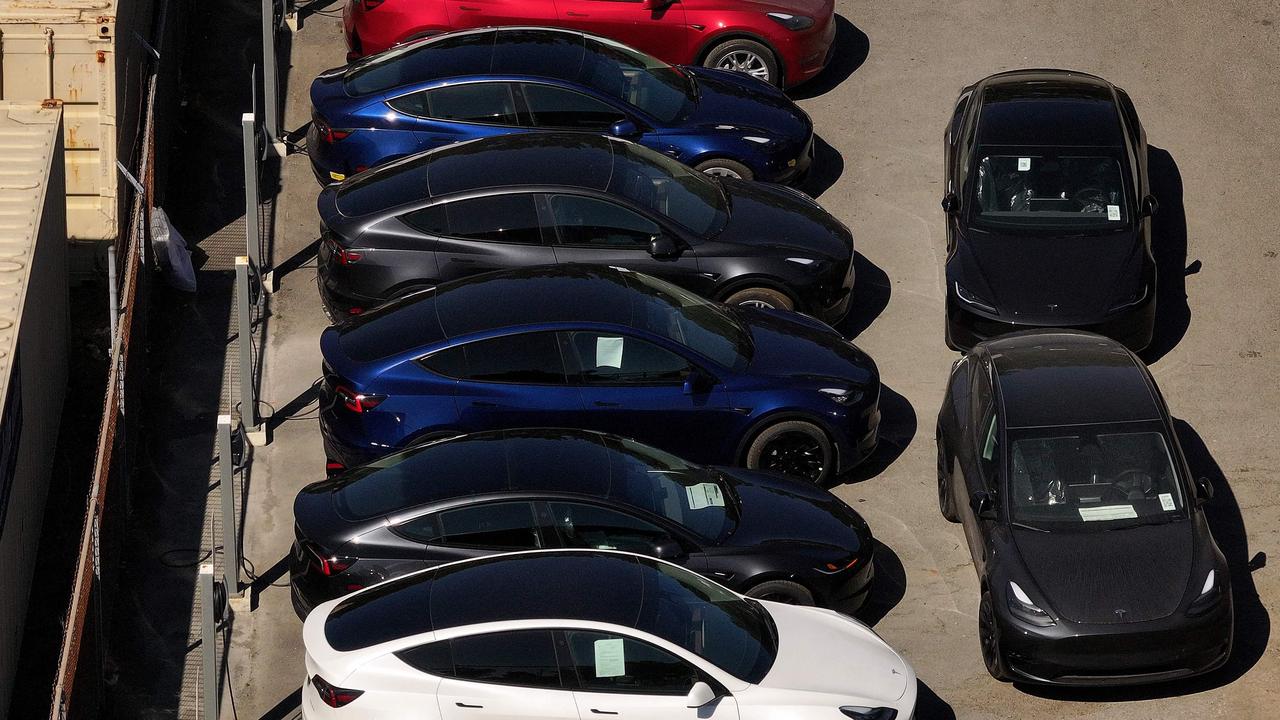
Life imitates sport when it comes to EVs?
There has never been more options for Australians to buy electric vehicles — Tesla, Toyota, Peugeot and KIA are just a few brands selling EVs.
It could soon be a case of top motorsport leagues around the world mirroring everyday roads, with the uptake of electric engines.
“It will definitely keep growing in popularity,” Preston said of Formula E.
“Porsche has signed up for another four years using the Gen4. Nissan and Jaguar.
“You’ve got to remember it’s only 10 years old, whereas Formula 1 is over 70 years old. It does take a while to start a new sport.
“Electrification is just going to keep happening. Obviously, there’s a lot of discussions on Chinese EVs in Australia.
“I think Formula E will continue to grow and be exciting. What can F1 take from Formula E?
More Coverage
I think in some ways F1 has taken a few of the ideas in sprint racing. It’s changed the amount of practice the drivers have had and you’ve seen a little bit of shuffling of the pack when they only get half an hour session before going on to sprint qualifying.
“Limiting things on weekends because you know, we only have one day, short sessions. “Anything that spices up the show and makes it more difficult for the engineers and makes it more likely for mistakes to happen. That’s always going to always be to make stuff interesting.
“Certainly anything that tries to bring the teams closer together is always good.”






